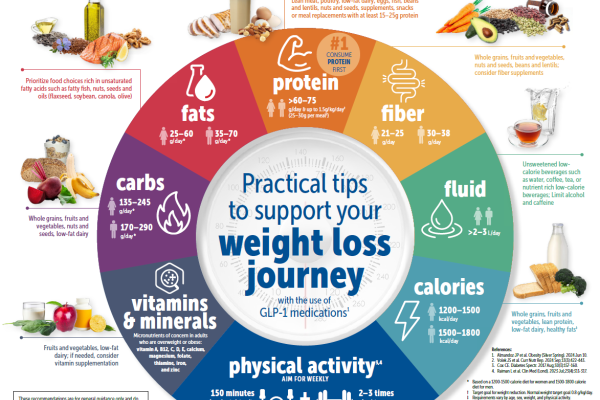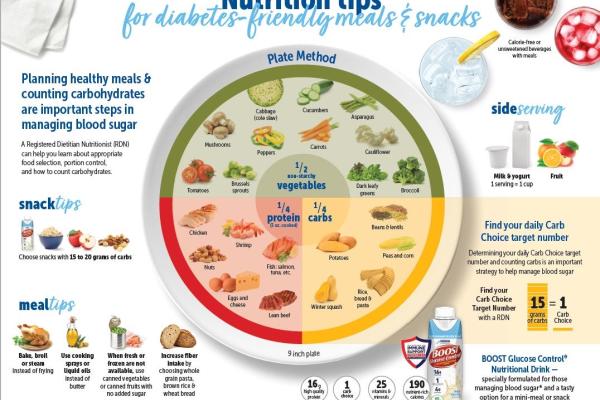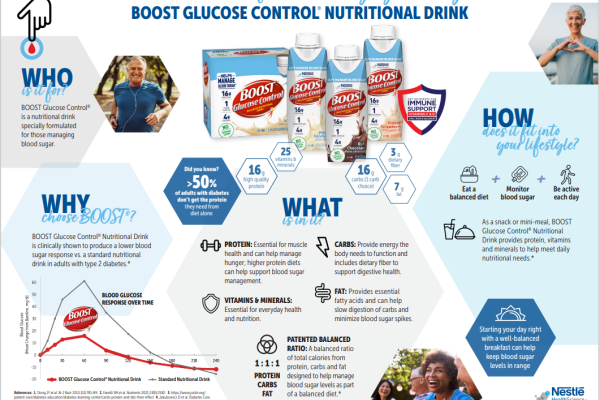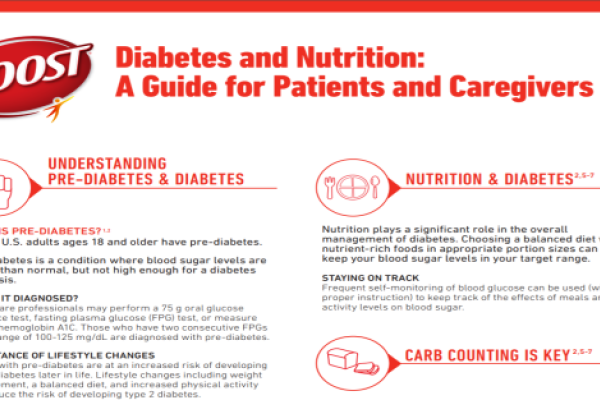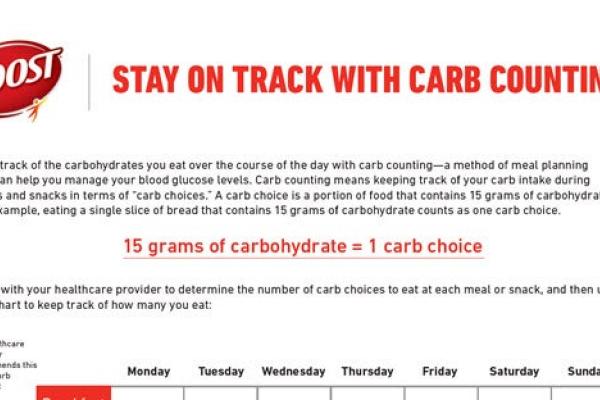Diabetes
Diabetes
More than 133 million Americans are living with diabetes or prediabetes. In fact, while an estimated 96 million adults in the U.S.—more than 1/3 of Americans—have prediabetes, the vast majority of people don’t even know they have it.1
Optimal nutrition plays a pivotal role in the management of diabetes, influencing glycemic control, reducing the risk of disease-related complications, and enhancing overall health outcomes. When healthcare professionals prioritize individualized nutritional recommendations, it can directly impact the need for certain therapies, such as oral medications or insulin, and patient quality of life.2
Nestlé Health Science offers nutritional solutions for people with diabetes, including oral nutrition supplements and tube-feeding formulas with controlled amounts of carbohydrates.
Diabetes
Diabetes
More than 133 million Americans are living with diabetes or prediabetes. In fact, while an estimated 96 million adults in the U.S.—more than 1/3 of Americans—have prediabetes, the vast majority of people don’t even know they have it.1
Optimal nutrition plays a pivotal role in the management of diabetes, influencing glycemic control, reducing the risk of disease-related complications, and enhancing overall health outcomes. When healthcare professionals prioritize individualized nutritional recommendations, it can directly impact the need for certain therapies, such as oral medications or insulin, and patient quality of life.2
Nestlé Health Science offers nutritional solutions for people with diabetes, including oral nutrition supplements and tube-feeding formulas with controlled amounts of carbohydrates.
Diabetes
> Patient Resource
- https://www.cdc.gov/diabetes/basics/diabetes.html Last Reviewed: April 24, 2023. Source: Centers for Disease Control and Prevention
- Alison B. Evert, Michelle Dennison, Christopher D. Gardner, W. Timothy Garvey, Ka Hei Karen Lau, Janice MacLeod, Joanna Mitri, Raquel F. Pereira, Kelly Rawlings, Shamera Robinson, Laura Saslow, Sacha Uelmen, Patricia B. Urbanski, William S. Yancy; Nutrition Therapy for Adults With Diabetes or Prediabetes: A Consensus Report. Diabetes Care 1 May 2019; 42 (5): 731–754. https://doi.org/10.2337/dci19-0014
- ElSayed NA, Aleppo G, Aroda VR et al. on behalf of the American Diabetes Association. Introduction and Methodology: Standards of Care in Diabetes-2023. Diabetes Care. 2023 Jan 1;46(Suppl 1):S1-S4.
- Centers for Disease Control and Prevention. National Diabetes Statistics Report website. https://www.cdc.gov/diabetes/data/statistics-report/index.html Accessed on August 11, 2023.
- Centers for Disease Control and Prevention. Diabetes and Digestion. https://www.cdc.gov/diabetes/library/features/diabetes-digestion.html Accessed on August 16, 2023.
- Sadiya A. Nutritional therapy for the management of diabetic gastroparesis: clinical review. Diabetes Metab Syndr Obes. 2012;5:329-35
- Franz MJ, Boucher JL, Rutten-Ramos S, VanWormer JJ. Lifestyle weight-loss intervention outcomes in overweight and obese adults with type 2 diabetes: a systematic review and meta-analysis of randomized clinical trials. J Acad Nutr Diet. 2015 Sep;115(9):1447-63. doi: 10.1016/j.jand.2015.02.031. Epub 2015 Apr 29. PMID: 25935570.
- American Heart Association. Added Sugars. Last reviewed: November, 2, 2021. https://www.heart.org/en/healthy-living/healthy-eating/eat-smart/sugar/added-sugars. Accessed on August 11, 2023.



































